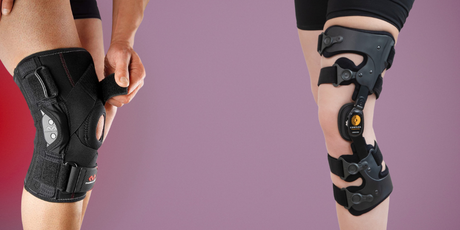Being affected by ankle instability is very common and occurs in all ages and in both men and women. The risks of unstable ankles are that you are exposed to different types of sprains and dislocations of the ankle. This results in pain, sometimes bleeding and often swelling around the area. Unfortunately, an injured or unstable ankle often recurs and causes problems on more than one occasion. The majority of people who suffer from unstable ankles rely on supportive, stabilising and strengthening products to help the ankle not get sprained again.
Recurrent ankle injuries, if they occur over a long period of time, can lead to reduced stability and a weakened ankle. With rehabilitative training and ankle support products, the function of the ankle can be improved. Instability is often exacerbated by walking or other physical activity on uneven surfaces, while snow-covered surfaces or more hilly terrain increase the risk of injury. This is where different types of ankle supports become important for prevention or to reinforce and help previous ankle injuries regain their stability, strength and balance.
For more serious sprains, it is important to seek medical attention and treat the condition properly. Always seek professional help if you have suffered a more serious ankle sprain or dislocation. Rehabilitation involves trying to stabilise the ankle in various ways through ankle supports, foot orthotics and strengthening the muscles through physical activity. In various types of exercise and sports, a sprained ankle is the most common injury associated with physical activity. Using ankle supports is a good way to avoid sprains or dislocations of an unstable ankle.












